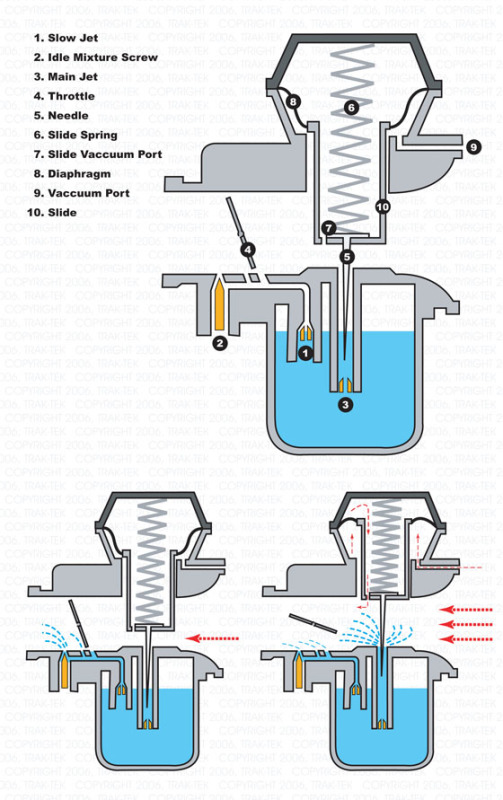wayneoz
Electrical
- Mar 6, 2017
- 2
Hi everyone,
I wish to convert a 4 stroke engine into a hit and miss engine - or something similar.
I have made a flux generator that is powered by the small (Carburetor) 4 stroke using a flywheel. I wish now to make the engine more fuel efficient.
My plan is to use an Arduino and solenoid to shut the fuel and spark on & off so it fires once every 2-3 seconds.
I am a bit green with 4 stroke engines and would love to hear any suggestions.
Thank you
I wish to convert a 4 stroke engine into a hit and miss engine - or something similar.
I have made a flux generator that is powered by the small (Carburetor) 4 stroke using a flywheel. I wish now to make the engine more fuel efficient.
My plan is to use an Arduino and solenoid to shut the fuel and spark on & off so it fires once every 2-3 seconds.
I am a bit green with 4 stroke engines and would love to hear any suggestions.
Thank you

![[ponder] [ponder] [ponder]](/data/assets/smilies/ponder.gif)

![[bomb] [bomb] [bomb]](/data/assets/smilies/bomb.gif)